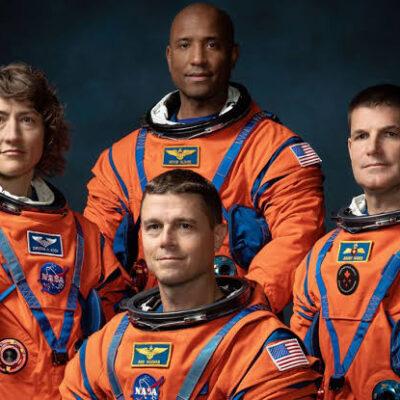Pegasus is a constellation near Pisces. 51 Pegasi is a star that is barely visible to the naked eye. It is about 50 light-years from Earth. That is, when we see that star, we see light that traveled five decades ago. Michel Mayor and Didier Queloz, researchers at the University of Geneva in Switzerland, who discovered in 1995 that a large planet orbited the star, have won half of the 2019 Nobel Prize in Physics.
Michel Mayor, Didier Queloz
Let’s start with Isaac Newton to find out how they discovered this planet. According to Newton’s third law of motion, a force equal to the gravitational force exerted by a star on a planet is applied back to the star. As a result, the star will move slightly. As the star moves, the wavelengths in the spectrum of the light emitted from it fluctuate. As the star moves away from the observer, there is a red shift and a blue shift as it approaches. This is known as the Doppler effect. This effect is used to detect the speed of the ball and inform the spectators during a cricket match. Police are also using the technology to detect speeding vehicles.

Doppler effect: The difference in wavelength experienced when observed due to the motion of the source
Utilizing the Doppler effect, the speed at which a star moves and the duration of its motion can be determined. From this we can find the mass of the planet, the period of its rotation and the distance from the star. In the case of the 51st Pegasi, its high mass and proximity to the star made things easier. The distance from 51 Pegasi to that planet is just 80 million kilometers. The time it takes to orbit the star is 4 days. In the case of the Earth, the distance is 150 million kilometers and the time is one year.

This method of finding extrasolar planets later became more widespread. Other methods are being discovered and applied. More than 4,000 planets have already been discovered orbiting around 3,000 stars. More than half of them were discovered with the help of the Kepler Space Telescope.





Recent Comments